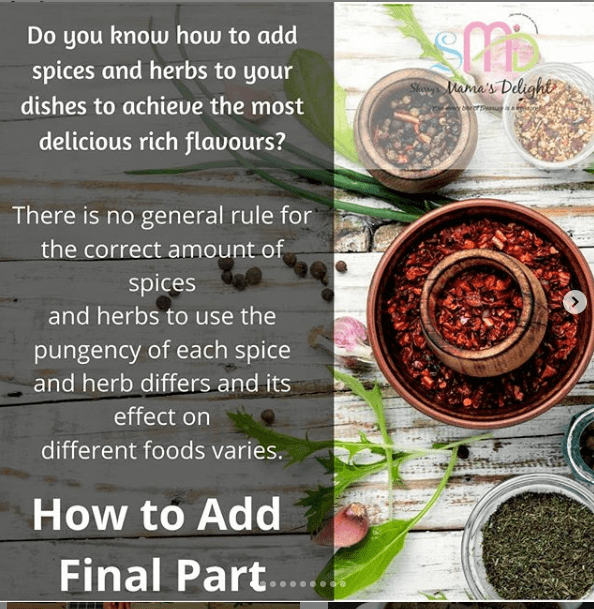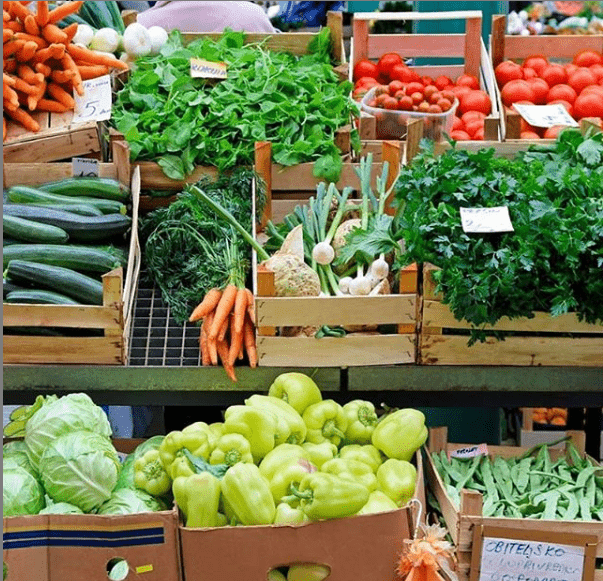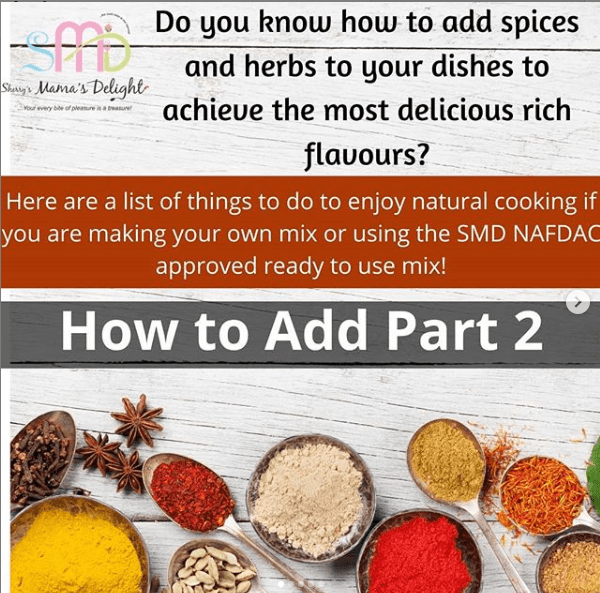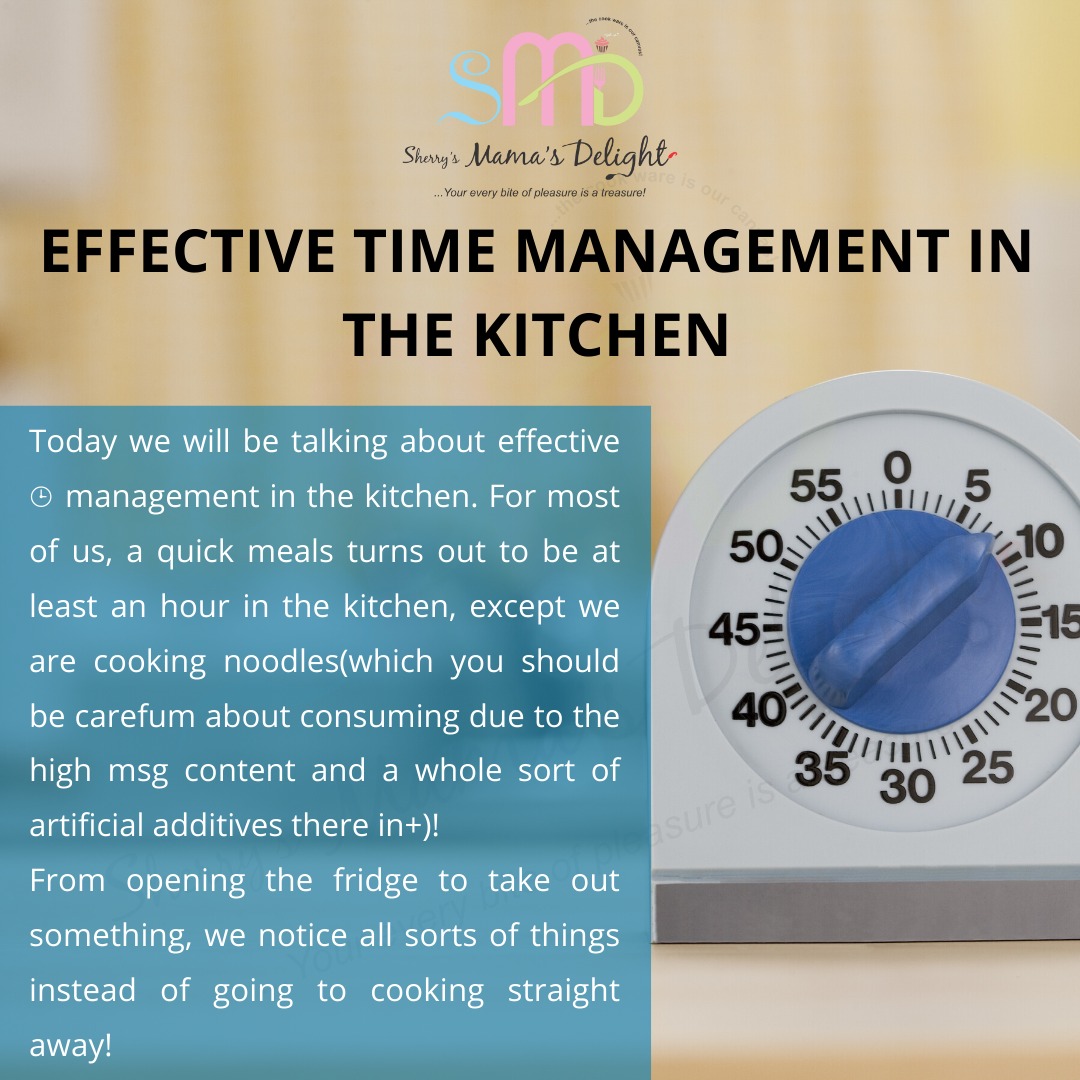How Much To Add Final Part
There is no general rule for the correct amount of spices and herbs to use the pungency of each spice and herb differs and its effect on different foods varies.
It is best to start with recipes that have been well tested or from a reliable source(The SMD Cookbook eCopy and hardcopy helps you with specific measurements of our ready to use spice mix!).
The amounts can later be adjusted to suit and personalize individual tastes. When no recipe is available, try starting with 1/4 teaspoon for 4 servings, per 250 grams of meat, or for each pint (2 cups) of sauce or soup; adjust as necessary.
For cayenne and garlic powder, decrease to 1/8 teaspoon; adjust as necessary. Red pepper flavors increase in intensity upon cooking. Use in small increments to allow the flavor to intensify during cooking.
For traditional meals like Obe eja umoyo, efo riro and the likes I don’t add spices directly to the dish, but use broth that already has our spice mix
When using fresh herbs, use at the tail end of cooking.
Dry herbs and spices carry more pungent flavours so you use less quantity to fresh. It is best added at the beginning of the cooking.
Remember that our natural spice mix does not have a single artificial additive including perspective. Herbs and spices do not like heat, so move far away from the heat source and do not keep it closed cupboards(especially in hot climates like Nigeria). You may store in the fridge and freezer if you prefer and it can be kept this way for over 6 months!
If your spice mix grows weevils, do not be too worried, this shows that the mix is devoid of artificial preservatives, so pour out and remove weevils. Just as beans devoid of chemicals grow weevils without refrigeration, and you still eat by picking them out so do 100% natural spice mix!
Did you find this beneficial?
Tag a natural cooking #nomsggeng.
You want to learn how to mix your own spices and herbs?
Watch out for our coming online workshop!
@smdnigeria, changing our world a meal at a time…






